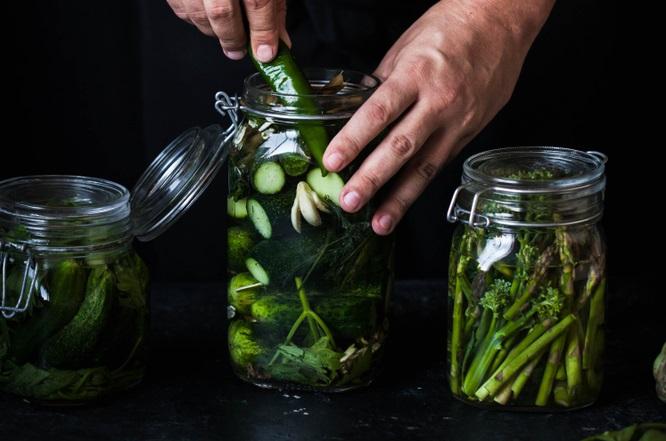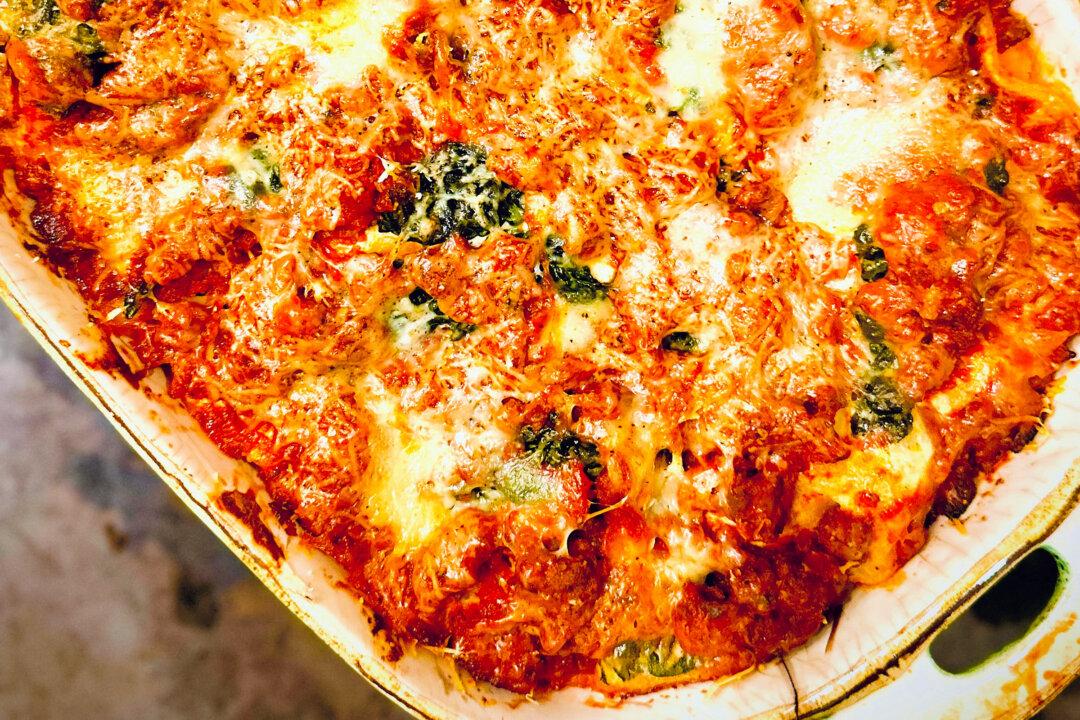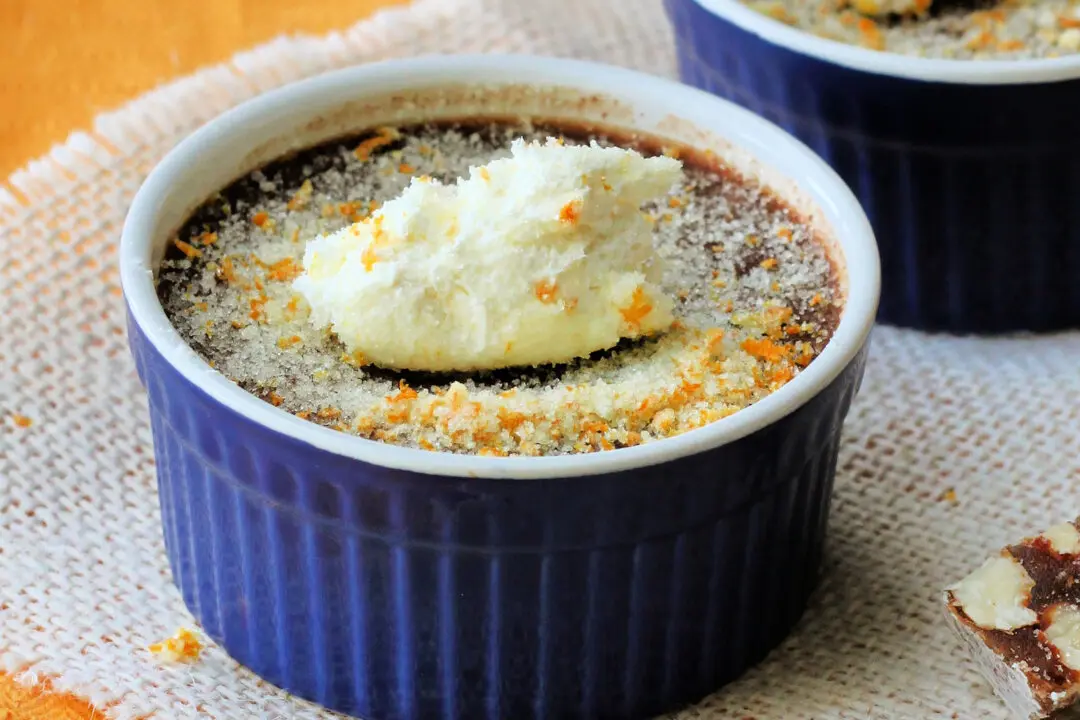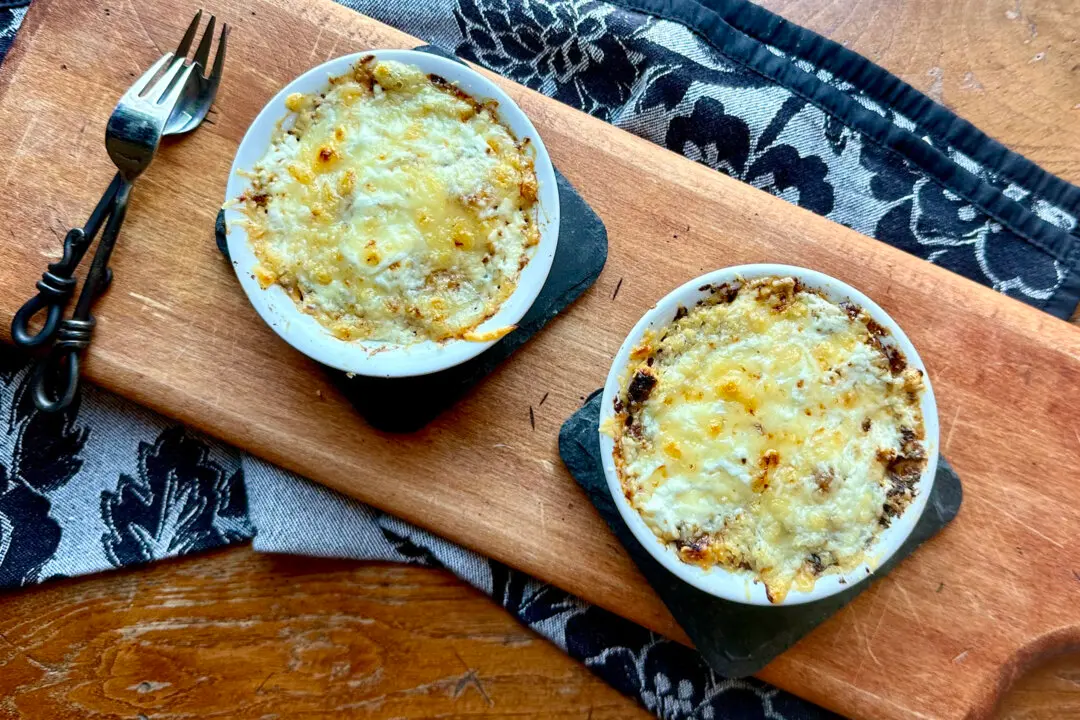I do like my pickles, but I’m a lazy preserver. My solution is a speedy fix that omits the bother of canning: I make quick pickles. Quick-pickling is for impatient types like me, with (nearly) instantly gratifying results.
No time is better for pickling than summer, which yields more vegetables than you can shake a stick at. The gardens are bursting with ripe produce, as are the farmers markets. Once you’ve munched through your garden and shopping basket, cooked, roasted, and steamed your pickings, and tossed your harvests into salads, the question of what to do with the ever-replenishing mountain of veggies presents itself—not unlike a large, leafy green elephant in the room.





